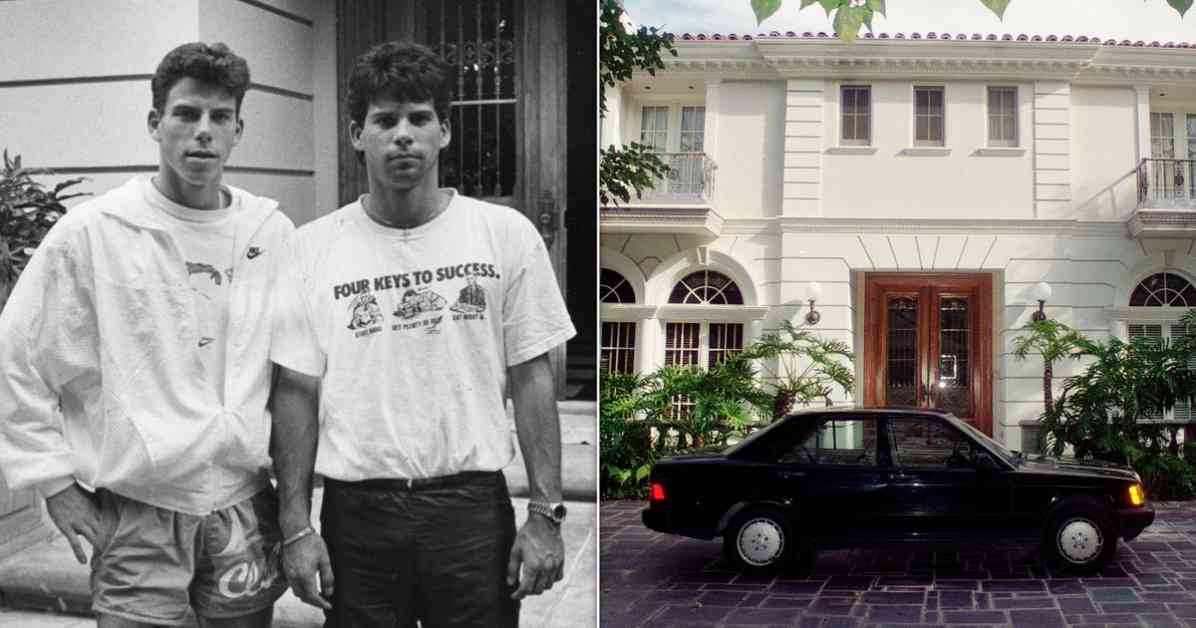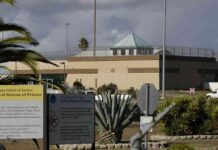The Beverly Hills mansion where Erik and Lyle Menendez shot their parents was sold earlier this year for $17 million. This was $3 million less than the asking price but still a significant increase from when the house struggled to sell after the 1989 killings.
These types of “murder houses” may not attract many buyers, but they do draw in curious onlookers. The Menendez brothers’ former home has seen an influx of true crime fans and content creators, many of whom are part of a movement to free the brothers from prison. Some visitors merely hope to catch a glimpse of the infamous house, while others go as far as trespassing, causing traffic congestion, and angering residents.
The new owner is taking steps to distance the property from its dark past. The mansion is undergoing extensive renovations, with a construction fence and gated entry making it hard to see from the street. The interior has been completely gutted, as shown in a viral TikTok video.
Dealing with a “stigmatized property” like this is not easy in the real estate world. These are properties impacted “psychologically” but not physically by negative circumstances like a murder. Some homes get new addresses or large privacy shrubs. Often, sellers have to offer steep discounts to sell these properties.
In the case of the Menendez mansion, it was undervalued in the past due to its “bad karma.” However, with renewed interest and sympathy for the brothers’ case, public perception of the property may be changing. Celebrities, relatives, and even the Los Angeles County district attorney have expressed support for clemency for the brothers, which could be influencing the property’s sale positively.
This situation is not unique, as other infamous murder houses have also seen attempts at recovery or transformation. For instance, the condo where Nicole Brown Simpson was murdered sold for less than its asking price two years after the crime. The Rockingham estate in Brentwood, where O.J. Simpson lived, was sold at auction and the house demolished to make way for a new mansion.
Similarly, the properties where the LaBiancas were murdered and where JonBenét Ramsey was killed have seen changes in ownership and attempts at selling despite their tragic histories. These stories show the challenges and opportunities associated with selling properties linked to heinous crimes.
In the case of the University of Idaho students who were murdered in a rental house, the property was eventually demolished by the university. Questions about the targeting of the house led to intense speculation and media coverage before the arrest of a suspect. The demolition of the house was seen as a step towards healing for the community.
Despite the challenges of selling such properties, there are instances where new owners have made efforts to transform the spaces or distance them from their dark pasts. The stories of these murder houses serve as reminders of the complexities involved in dealing with properties tainted by violent crimes.






















